This year marks four years since we started filming “The Edge of Existence”, one of our independent projects. So much has happened in these past 4 years, from setting out to create our first feature-length documentary to now. As any filmmaker knows, this process is not always easy. We did not have a set roadmap or a plan for what would happen once we completed this film, but we knew that sharing this story in an impactful way that would have the potential to create change was well worth the risks, long days on the ground, and nights spent in the editing suite.
Our Black Bean team set out to document and uncover the untold story of human-wildlife conflict in Africa. While we had always been aware of the challenges surrounding human- wildlife conflict, after spending time on the ground in remote parts of Africa, we began to see first-hand just how complex this issue truly is.
Watch the trailer for "The Edge of Existence" for a glimpse into the untold story of human-wildlife conflict in Africa.
Play Video
Human-wildlife conflict has reached crisis levels, not just in Africa, but around the world. As human-development and populations have increased, wilderness areas have started shrinking, which has left humans and wildlife living in closer proximity than ever before. This competition for limited space and resources has led to conflict and has devastating impacts on both people and wildlife.
In “The Edge of Existence”, we focused on the western boundary of the Singita Grumeti concession area, which comprises of IGGR, Ikona WMAand village grazing land, but this area is really a microcosm for what is happening around the world.
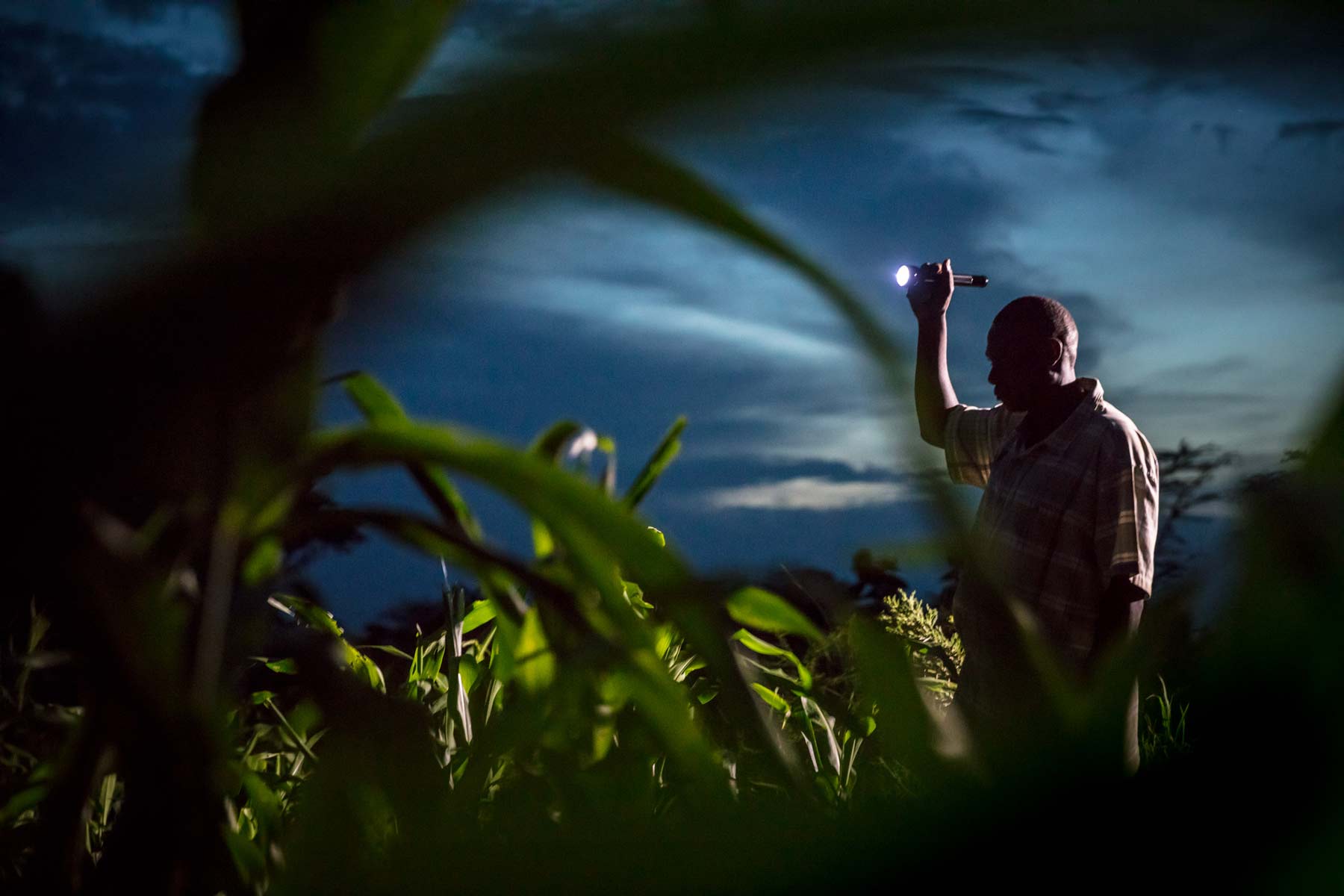
Through our work with the Grumeti Fund, our conservation partners and Executive Producers of the film, our team became increasingly aware of the incidents of human-wildlife conflict incidents occurring in this region.
We started to realize that this issue had gone largely undocumented and was not fully being addressed in the world of conservation in a way that took into account the needs of both wildlife and communities living on the frontlines of this conflict.
“The Edge of Existence” looks at this conflict from both the perspective of conservationists and local community members. We follow the incredible Grumeti Fund team, as they navigate through the challenges of human-wildlife conflict and work tirelessly to find solutions that enable people and wildlife to peacefully coexist.
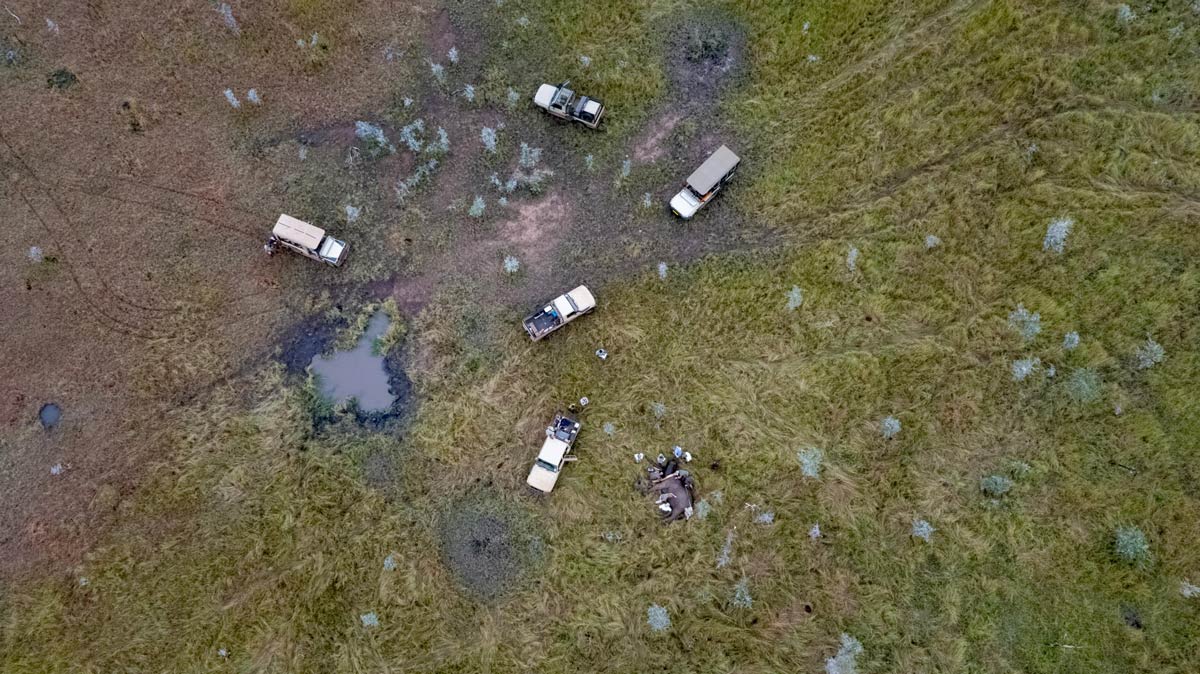
The name, “The Edge of Existence”, was inspired by the invisible line between the wilderness areas conservationists are working to protect and the community land belonging to people living alongside this wilderness area. In creating this film, it was hugely important for us to explore this issue through the eyes of the communities living in these remote areas. Humans and nature are inextricably interlinked, and this connection is undeniably apparent in the face of an issue like human-wildlife conflict.

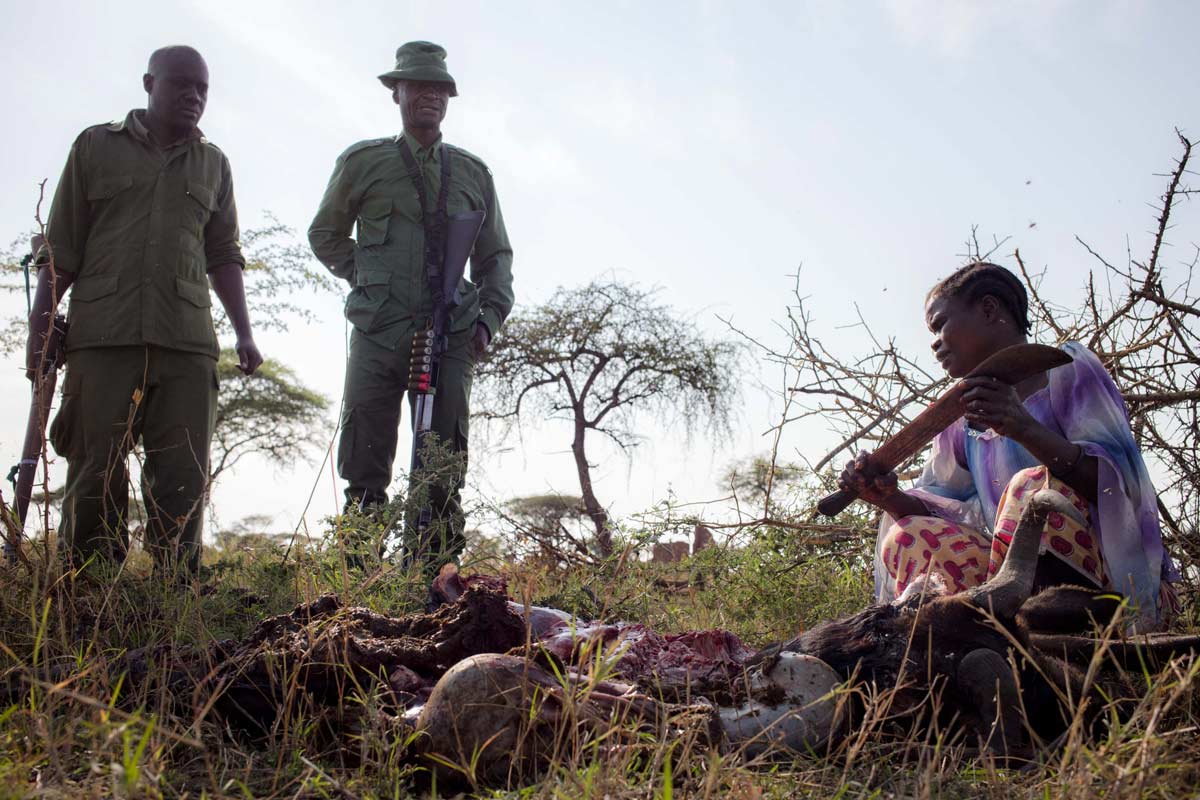
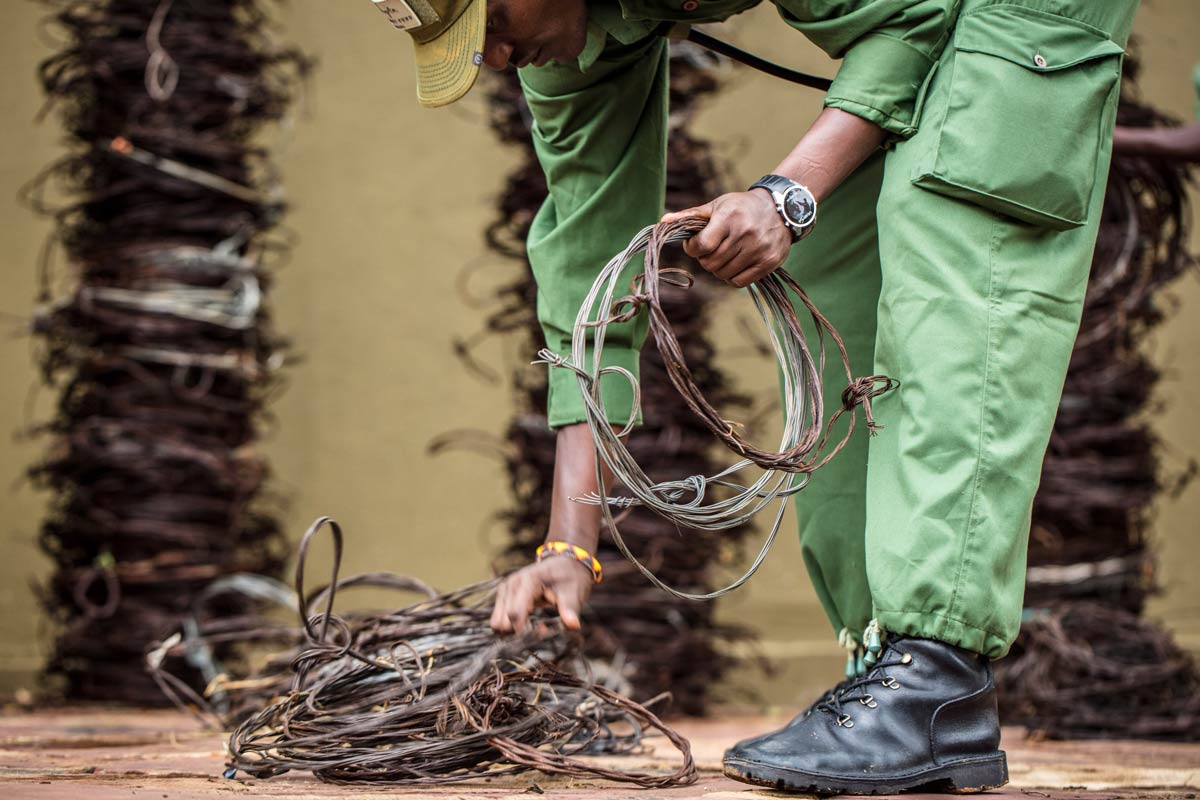
“The Edge of Existence” provides an intimate account of these types of incidents as we share the stories of people that have experienced devastating losses due to human-wildlife conflict. Many community members have been injured or killed by wildlife whilst attempting to protect their farmlands. This loss of life happens more frequently than one might think and plays an important role in our documentary.
Economically, local subsistence farmers rely on their crops for food and for an income. These farmers often grow a surplus to sell their crops to be able to afford to send their children to school. However, in a single sitting, an elephant or herd of elephants can decimate a field of crops, destroying a family’s food and income for an entire season. In an area as remote as the Serengeti, a farmer losing his crops can have a devastating impact that lasts for years.
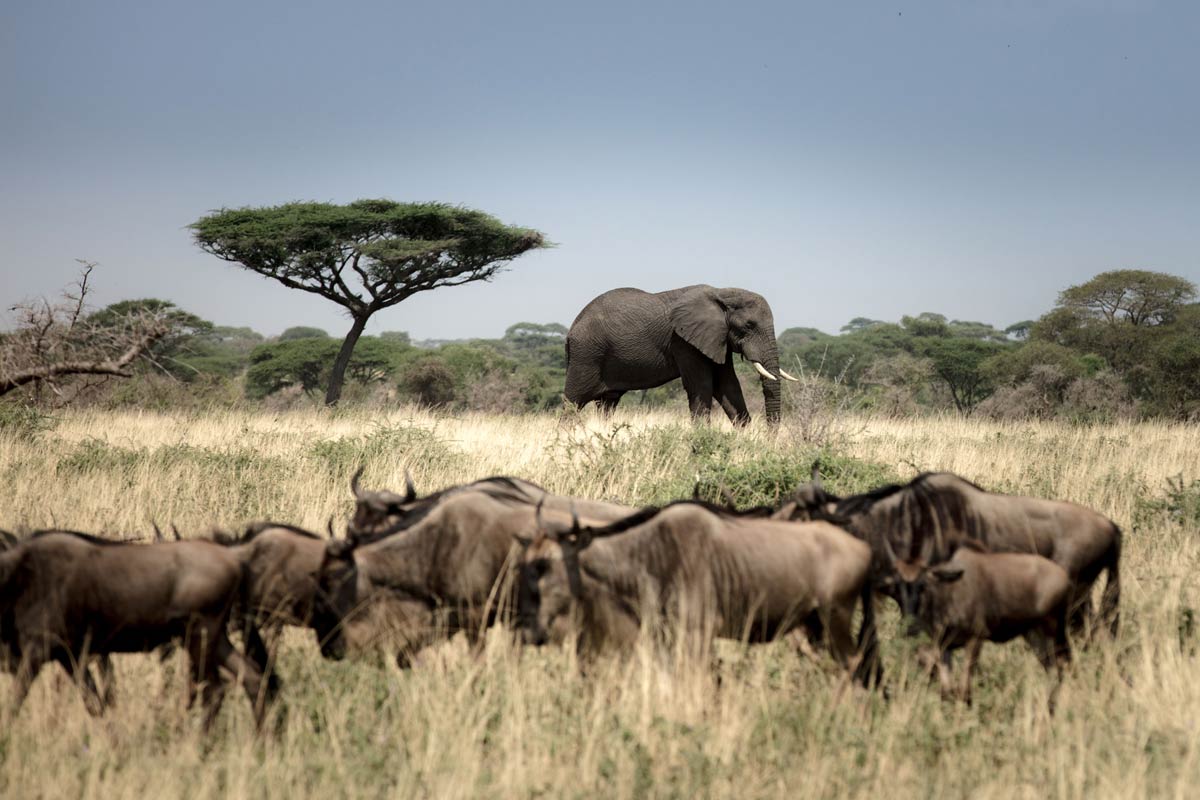
The impact on wildlife in these areas are equally devastating. As a result of the retaliation and the conflict caused by communities living in such close proximity to wildlife, we are witnessing endangered animals being pushed to the brink of extinction. Experiencing this conflict first-hand really affirmed our belief that the only way to ensure conservation efforts are successful and sustainable is to ensure they look at the whole picture and incorporate communities into the work they do as a whole.
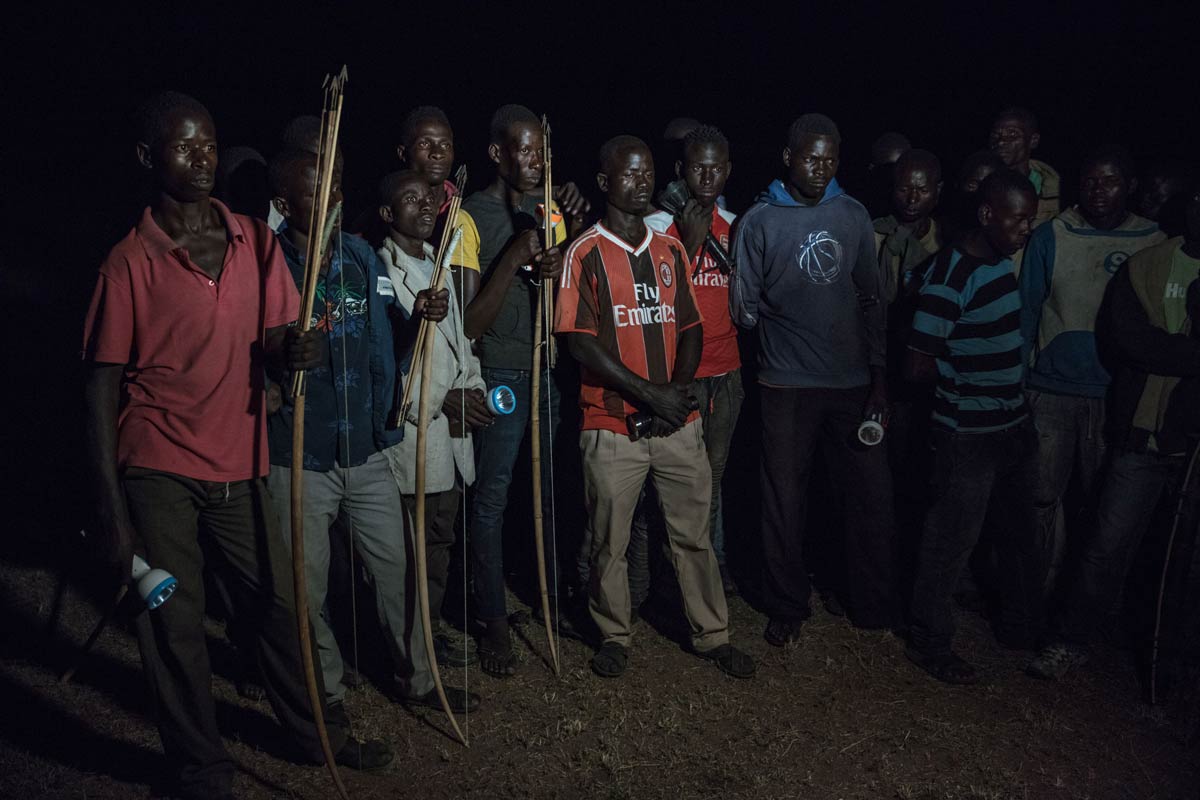
In the past, conservation was about keeping communities out and protecting the wildlife within; protected areas are often considered the only line of defense against poaching and environmental destruction. However, as human-wildlife conflict has become such a dire issue, conservationists have begun to understand that the participation and inclusion of communities is essential in ensuring the success of a conservation model. It is critical that community members are directly involved in and benefit from conservation and understand the importance of protecting our natural heritage.
When we think about human-wildlife conflict, we must consider the communities living in such close proximity to wildlife, such as in the Serengeti, and understand the daily challenges they face while working to protect the wildlife that is impacted by communities encroaching on wilderness areas.
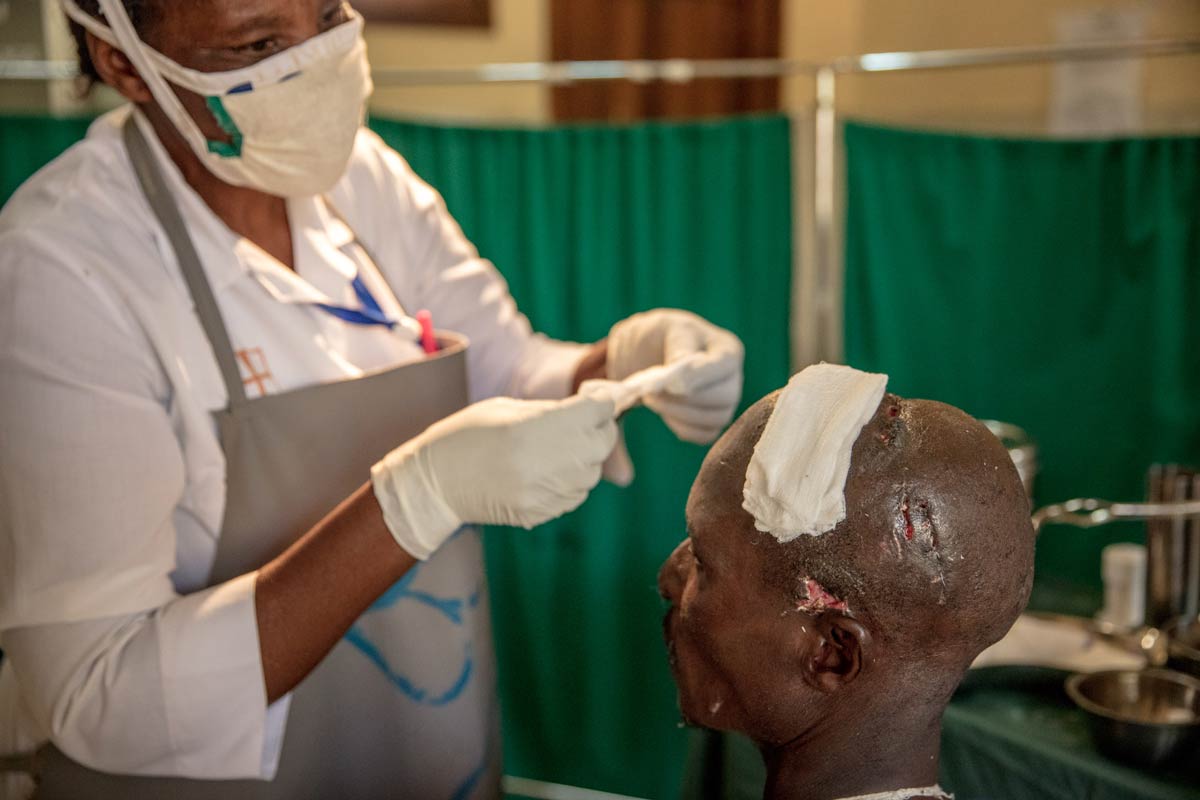
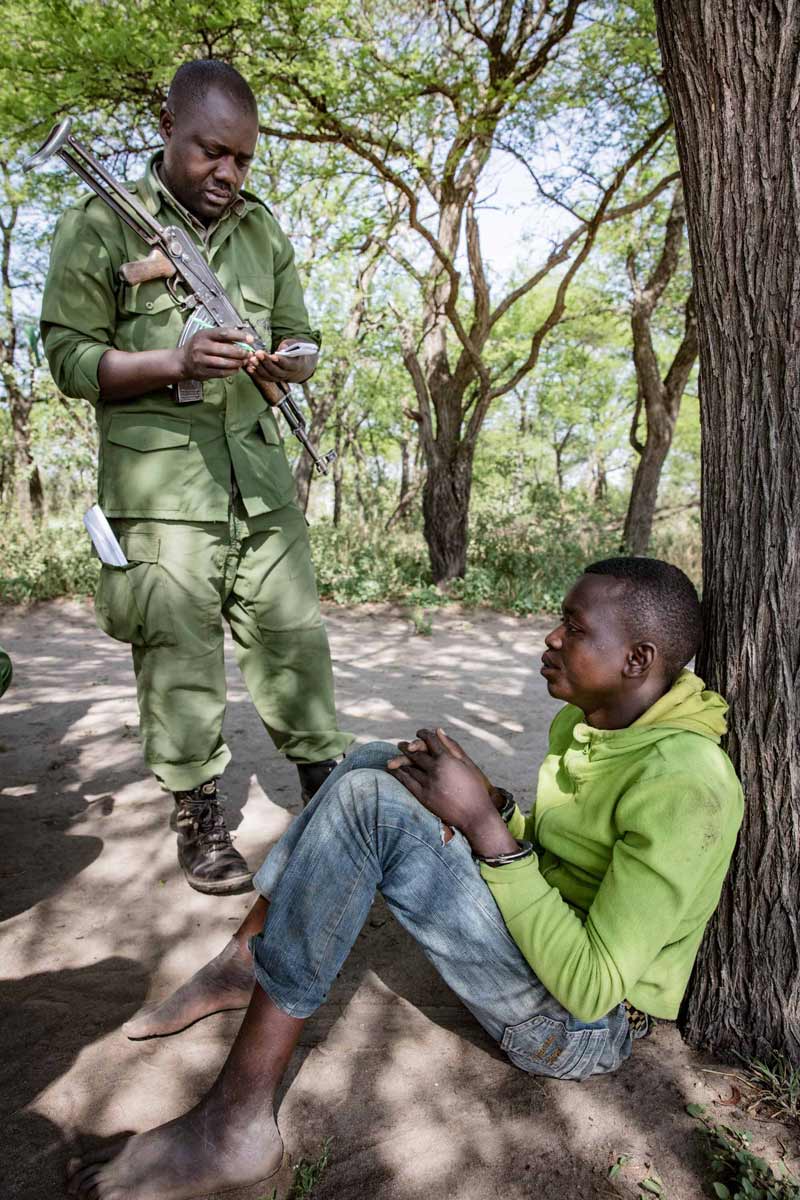
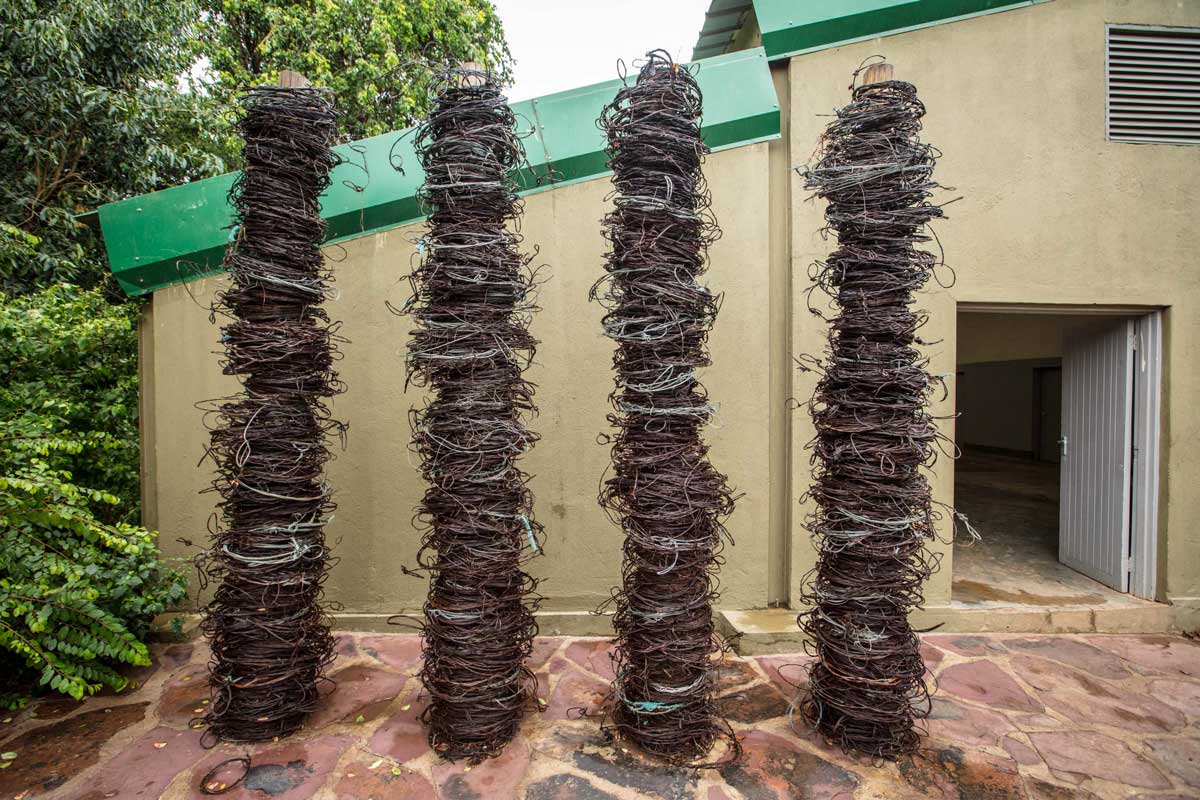
“The Edge of Existence” also explores possible solutions to this conflict and the various strategies that are being implemented to promote the peaceful co-existence of humans and wildlife. While every situation requires a different set of mitigation tactics, in the western Serengeti the construction of a fence is the most recent solution to be implemented, effectively separating human areas and wild spaces without impacting the natural movement patterns of wildlife. We want a future in which people and wildlife in this area peacefully co-exist, and the fence will enable this to happen.
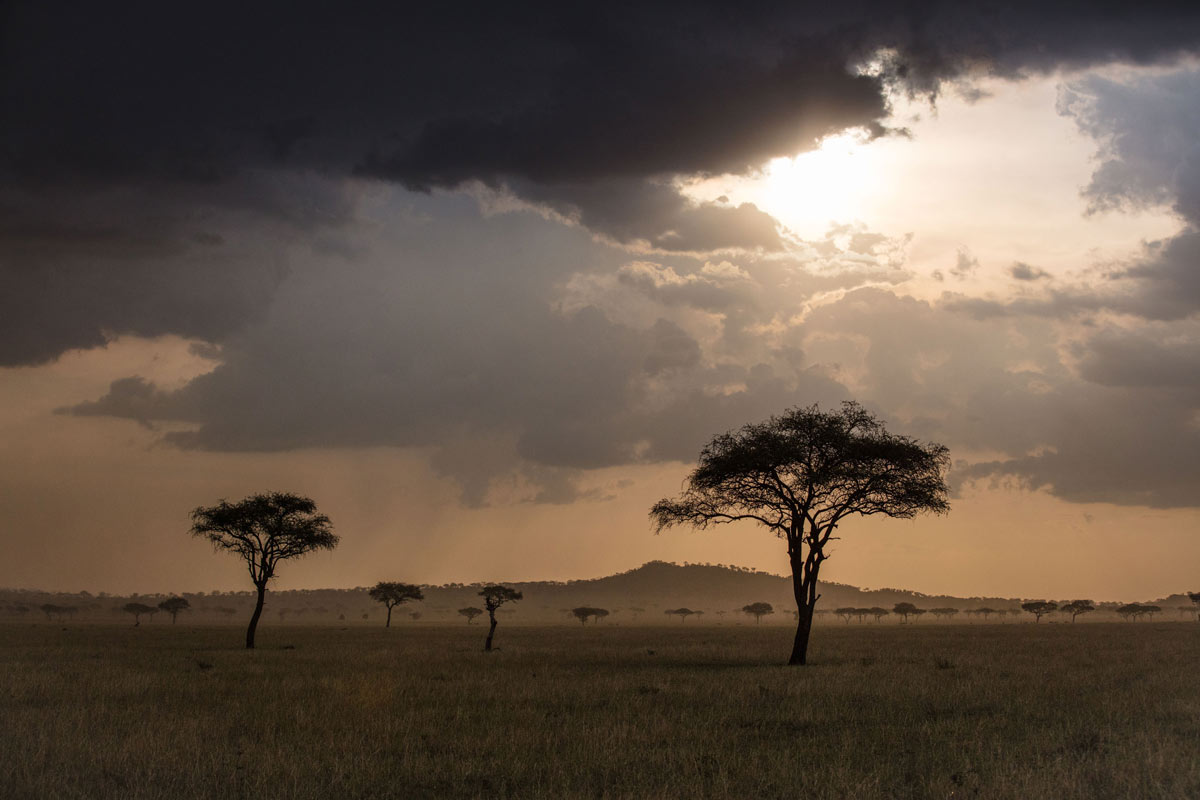
Our team learnt some valuable lessons throughout the process of creating “The Edge of Existence”. The crew started with documenting what was happening in front of us in the communities. However, we soon learnt that there was so much more to this very complex topic. We also learnt the critical role that research, and pre-production plays in the planning of a film.
Other lessons we learnt included the importance of having a clear storyline and focusing on a few key characters, as this would aid in keeping viewers engaged in the film. We realized that it was more important to follow a few key characters’ stories in-depth as opposed to showcasing
the perspective of many different individuals. This would allow for greater substance and an in- depth understanding of how this issue truly impacts people’s lives.
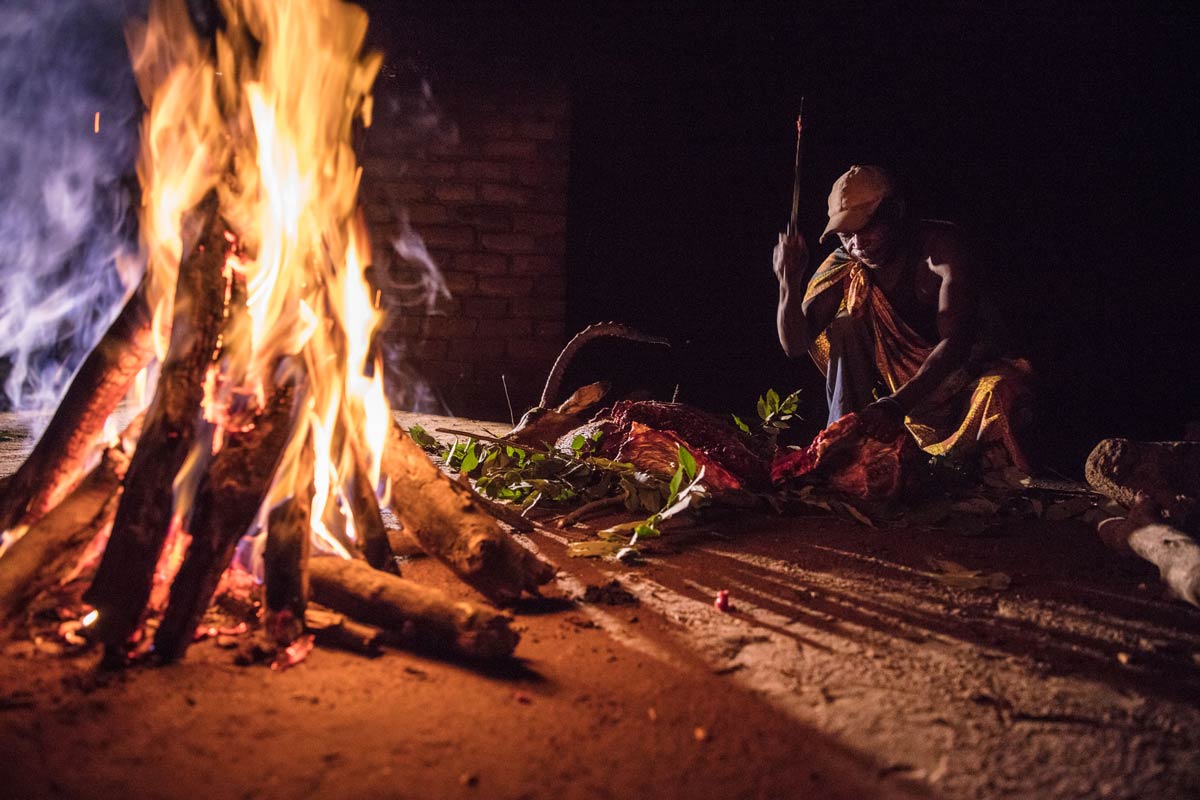
We are immensely proud of our first feature-length documentary and we are so grateful to each person who contributed to this film in some way. It has been so rewarding to share this story with our audience and peers and to receive their feedback. “The Edge of Existence” recently won the award for the best Human and Nature film for the 2020 Wildlife Conservation Film Festival.
It was an incredible achievement and we are so proud of the response the film has been receiving. However, witnessing mitigation strategies come to life with fences being constructed and knowing the difference this will make on the ground level has definitely been the most rewarding experience.
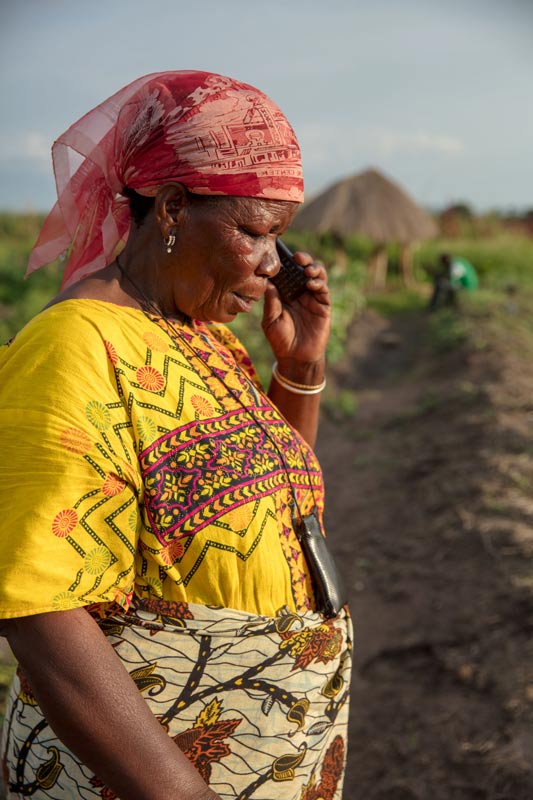
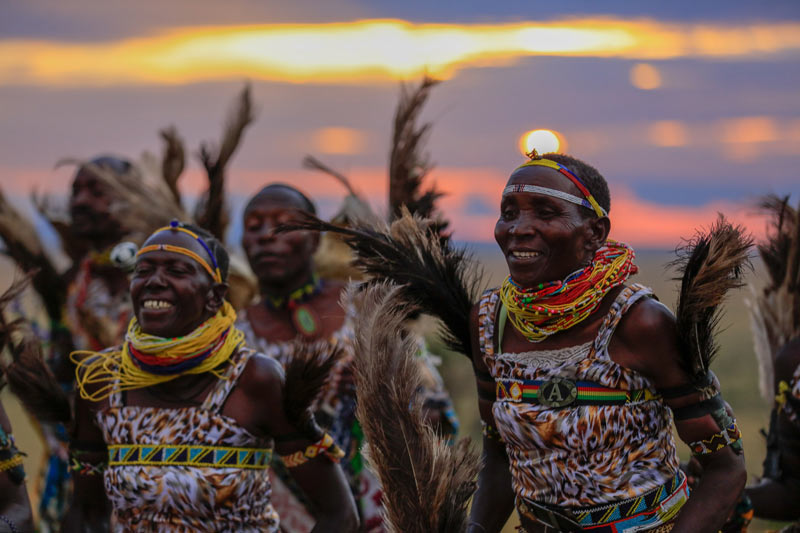

Our hope is to educate individuals around the world on what is happening – in many areas this problem is now reaching crisis level and we hope the documentary will help uncover solutions, connect communities, conservation authorities, and government. What happens after the documentary is hugely important to us as a team – we want to continue to see positive steps being taken that allow for humans and wildlife to live side by side long-term.
You can help to save the lives of people and wildlife by purchasing a meter, or more, of fence.
You can also learn more about the critical work being done by the Grumeti Fund team and how you can get involved.
With special thanks to Banovich Studios and the Grumeti Fund for their help in making this documentary possible, as well as the Brown, Madden and Cline families.
Photos by James Suter and Sacha Specker.

